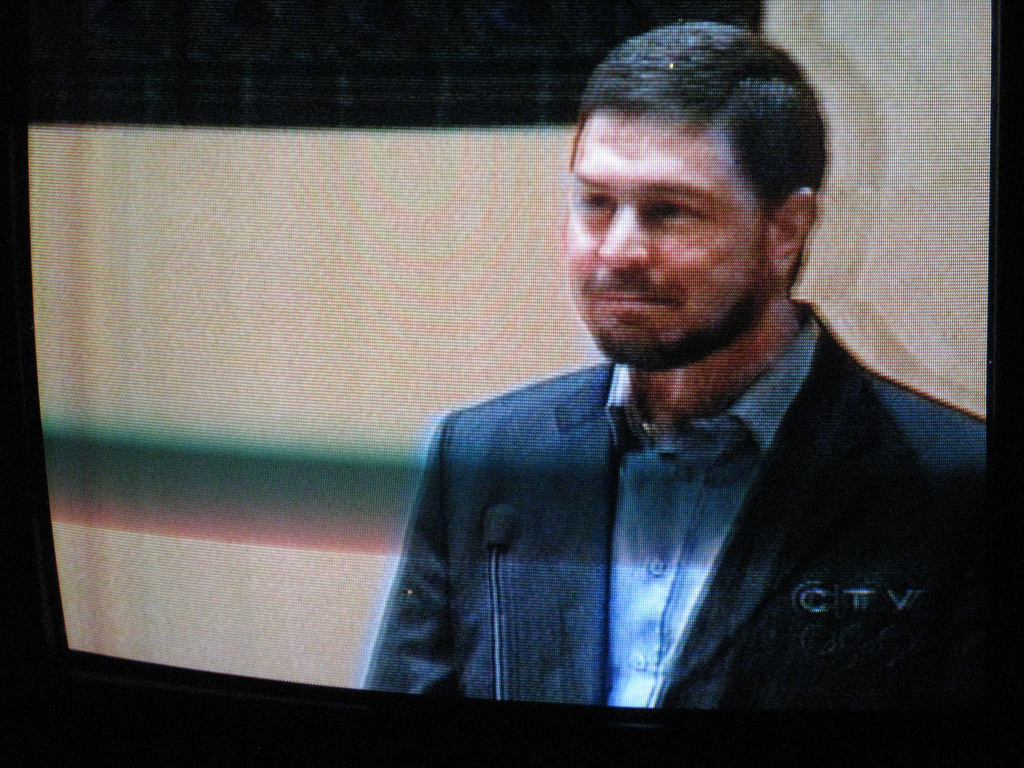Canada ratified the United Nations Convention against Torture in 1987, yet a good number of Canadians have been tortured with the complicity of public officials. To be more precise: Torture — physical, psychological or both — has been inflicted by our prisons and our security and intelligence services on many Canadians — a disproportionate number of them indigenous or people with a Middle Eastern background — as well as on foreign citizens.
When examples of such incidents are exposed, Canadians are outraged. But only rarely are they revealed.
For example, as we’ve been shocked to learn recently, solitary confinement in our prisons seems to be as Canadian as maple syrup, even though the United Nations says solitary lasting more than 15 days amounts to torture. The Toronto Star recently reported that over the course of five months last year, more than 1,600 inmates suffered solitary confinement at two Ontario jails. Many were Indigenous people.
The Globe and Mail has written extensively about Adam Capay, the young Indigenous man kept in solitary for more than 1,500 days — more than four years. Ontario government officials knew but did nothing until they were publicly exposed. The Ontario Human Rights Commission says there is an “alarming and systemic overuse of segregation” in Ontario jails.
No one has been held accountable.
Nor must we forget that during Canada’s participation in the war in Afghanistan, Afghan prisoners were often turned over by Canadian troops to U.S. and Afghan authorities. It was widely known that torture would be the fate of most of them. Despite pressure, Canadian governments, including this one, have refused to hold an inquiry.
No one has been held accountable.
Then there are those mystifying “security certificates,” a troubling tool that allows Ottawa to deport non-citizens it deems a threat to national security. The following Muslim men have been arrested under security certificates: Hassan Almrei, Adil Charkaoui, Mohamed Harkat, Mahmoud Jaballah and Mohamed Zeki Mahjoub. None was charged, but all were imprisoned for between four and seven years as they awaited deportation. All but one suffered solitary.
No one has been held accountable.
Many will have seen the deeply disturbing documentary The Torture Files by Terence McKenna that ran over three nights on CBC-TV in September. It names both the victims and at least two of the Canadian officials complicit in their torture in Syria. The victims are men of Middle Eastern heritage but with no links to any form of terrorism. They include the following individuals: Abousfian Abdelrazik, Ahmad Abou-Elmaati, Abdullah Almalki, Maher Arar, Arwad al-Boushi and Muayyed Nureddin. We can add Omar Khadr, who was psychologically tortured at Guantanamo Bay by both U.S. and Canadian officials.
The Canadians who were instrumental in the suffering of the other men were also named in two separate federal inquiries. One was Franco Pillarella, then Canada’s ambassador to Syria. False information was given to U.S. officials about Mr. Arar, a Canadian citizen, by Canadian officials, even though he was innocent of any crime. The Americans duly passed him on to Syria — to be tortured like all the others. Mr. Arar was jailed in what he described as a “grave” — six feet long, three feet wide, seven feet high — for 10 months. It was like being buried alive. He was also tortured repeatedly.
Incredibly, as is well documented, Mr. Pillarella actually co-operated with the Syrian torturers, supplying them with questions to be asked of three Canadians. He kept being appointed to new diplomatic posts until he resigned.
A second Canadian is featured in the McKenna documentary, a Mountie named Michel Cabana. Mr. Cabana passed on false information that led to Mr. Almalki being detained when he visited Damascus. His cell was described by Amnesty International as being similar to Arar’s. He was “subjected to a vicious cycle of torture. He was beaten with an electric cable, strung up to the bars of a window and lashed with leather belts.”
Two commissions of inquiry concluded that Mr. Almalki, Mr. Elmaati, Mr. Nureddin and Mr. Arar were all wrongfully targeted by the Canadian Security Intelligence Service and the RCMP.
Cabana was promoted to RCMP assistant commissioner, a position he holds to this day.
U.S. President Barack Obama banned the CIA’s widely used torture techniques in 2009, but president-elect Donald Trump, who embraces the use of torture with much enthusiasm, could easily reverse that order. In Canada, the previous government had told CSIS that it could use information derived through torture. The Liberal opposition was outraged.
As well, the Conservative government’s anti-terrorist Bill C-51 was interpreted as opening the door to CSIS to use torture in its work, even though information thus acquired is notoriously unreliable. The Liberals were outraged.
Yet the new, Liberal government is still “assessing” the issue, even though Canada has agreed to sign the UN’s optional protocol to the Convention against Torture allowing for the inspection of detention centres, where torture often takes place in secrecy.
A number of heroic Canadians have dedicated themselves to ending the use of torture by Canada. They include, among others, Matthew Behrens, Monia Mazigh, Amar Wala, Barbara Jackman, Roch Tassé and his International Civil Liberties Monitoring Group.
Why should their efforts be needed at all? Torture is both immoral and useless as a tool to fight terrorism. It outrages Canadians. How can our governments condone it for even one more day?
Like this article? Please chip in to keep stories like these coming.
Image: Flickr/Matthew Burpee



